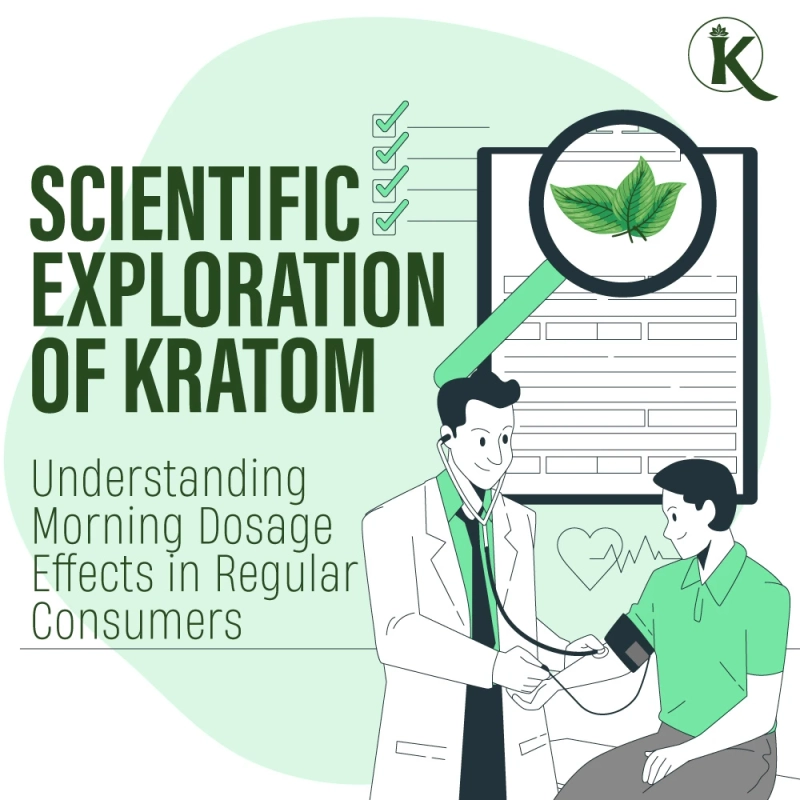What Happens When You Take Kratom Every Morning? (Study)
Introduction
Kratom, a botanical derived from the leaves of Mitragyna speciosa, has gained popularity in the United States as an alternative remedy. Despite its widespread use, scientific understanding of its effects is limited, primarily relying on retrospective self-report studies. To bridge this gap, a direct-observation study was conducted to assess the acute effects of a typical morning dose of kratom in individuals who use it regularly.
Methods
Ten adults, regular kratom users, participated in the study, self-administering their typical morning dose without blinding procedures. Physiological measures, subjective outcomes, and psychomotor performance were assessed at various time points. Alkaloids in the kratom products, urine, and plasma were quantified to understand their impact.
Results
The study included six men and four women with an average age of 41.2 years. Participants had been using kratom for an average of 6.6 years. Physiological changes post-dosing were minor, with pupil diameter decreasing significantly. Subjective reports indicated a decrease in opioid withdrawal symptoms post-dose, and participants reported mild euphoria. Psychomotor performance did not reliably improve or deteriorate after dosing. Alkaloid contents in the products were within expected ranges.
Discussion
The study provides valuable insights into the acute effects of a typical morning dose of kratom in regular users. While physiological changes were minor, subjective reports indicated a reduction in withdrawal symptoms and mild euphoria for some participants. Psychomotor performance remained relatively stable. The alkaloid contents in the products were consistent with expectations.
The findings suggest that kratom, even after developing tolerance, retains its activating effects at low-to-moderate doses without causing impairment. Participants often reported using kratom for productivity, and the study supports accounts that consumers may adjust their doses to achieve desired effects without significant impairment.
Conclusion
This direct-observation study sheds light on the acute effects of kratom, offering a nuanced understanding of its impact on physiological, subjective, and psychomotor parameters. The findings contribute to the growing body of knowledge about kratom use and provide a template for future studies. Further research is needed to explore the long-term and chronic effects of kratom use in controlled settings with larger samples.
Read the complete article: Scientific Exploration of Kratom: Morning Dosage Effects in Regular Consumers (Study)



